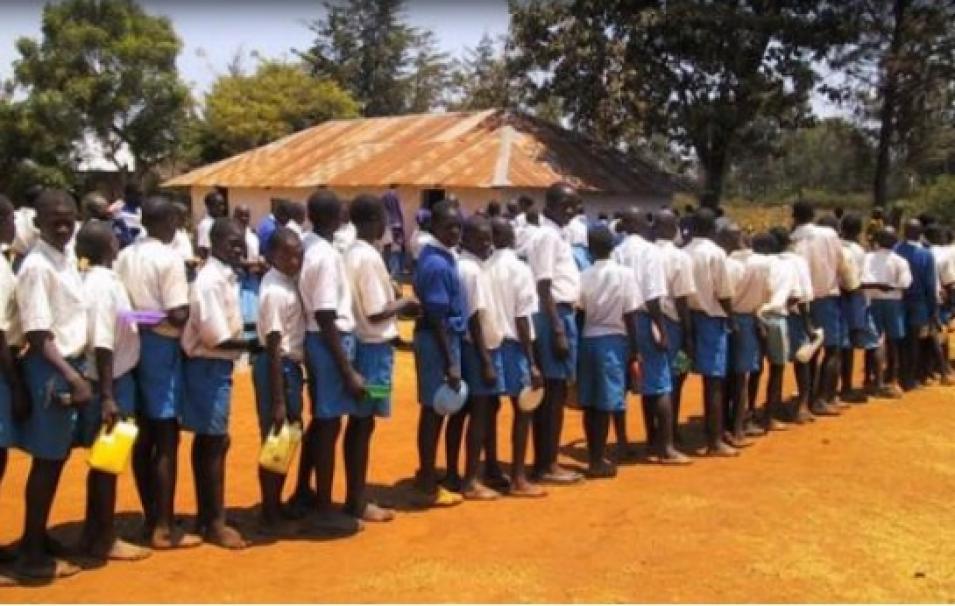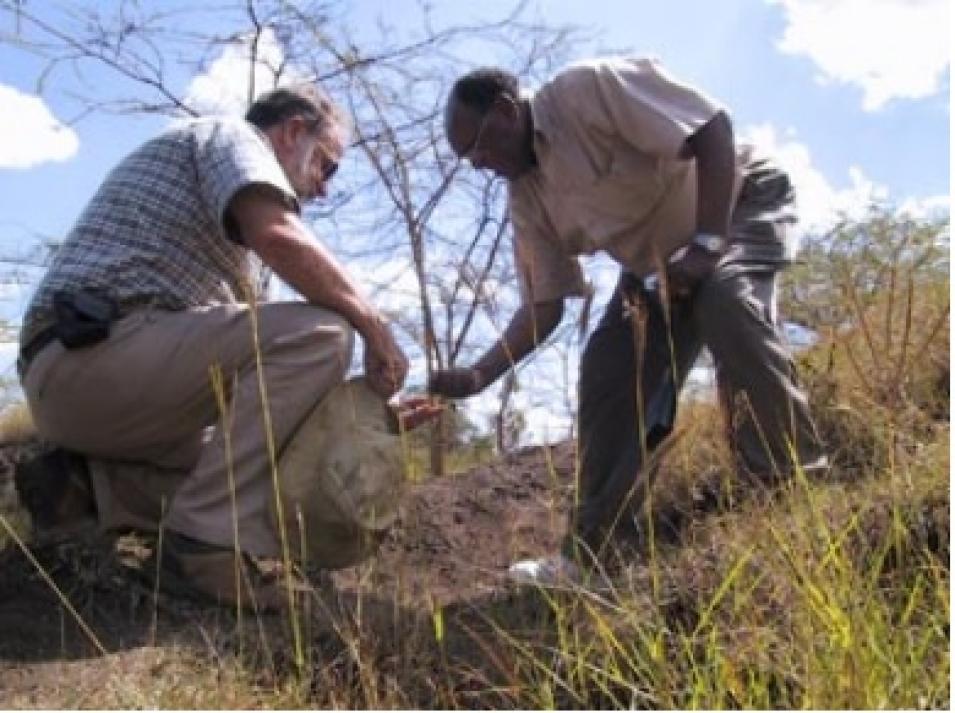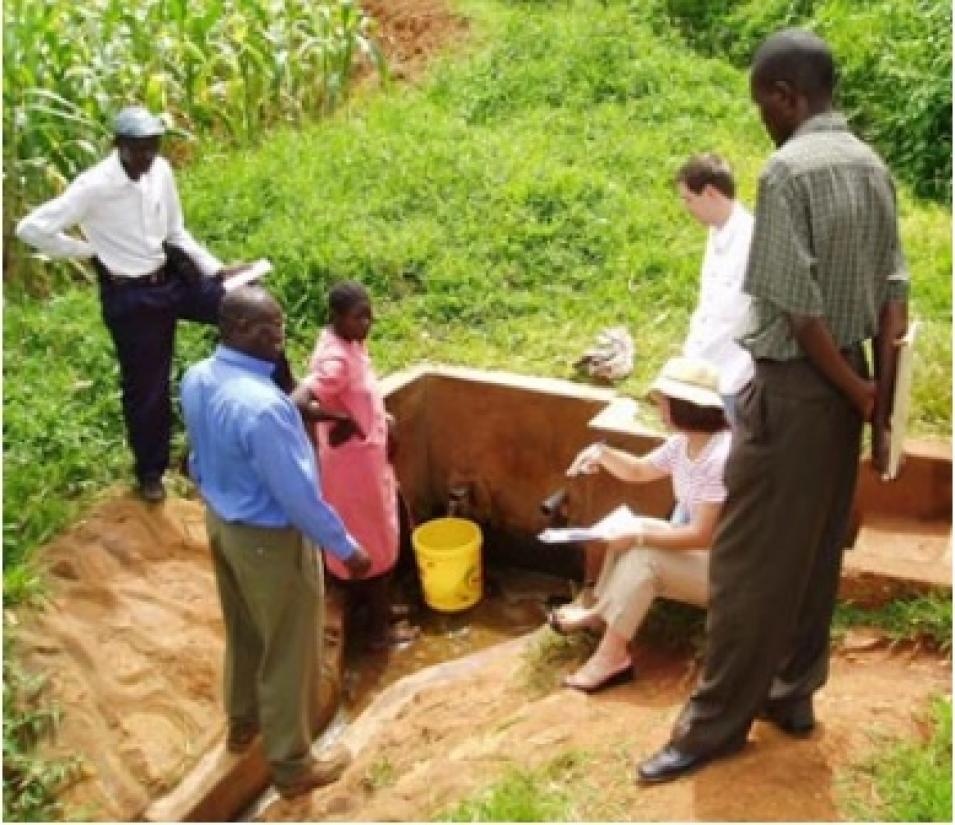In December 2004, the eyes of the world turned toward the tsunami-ravaged coasts of Asia and Eastern Africa. Donations, foreign aid, and emergency health care from all nations poured in to help deal with the loss of more than 200,000 victims and the many homeless and destitute people that the Indian Ocean tsunami left behind.
But each month, 200,000 Africans die from what Pedro Sanchez calls "a silent tsunami," the tide of chronic hunger and malnutrition that sweeps across the African continent. No one is immune: it reaches coastal fishing towns, rural villages, and urban centers alike.
Sanchez, co-chair of the United Nations (UN) Millennium Project's Hunger Task Force, is working to change the way that most people think of world hunger. Once the public begins to realize that the vast majority of hungry people around the world are not starving, but are instead chronically hungry, the course of intervention will change, Sanchez believes.
Acute hunger resulting from famines, wars, and natural disasters represents only a small fraction of the hungry but receives most of the media attention and coverage, according to Sanchez, who received the 2002 World Food Prize. "The stereotypical image we have of an Ethiopian child with flies in his eyes dying in some sort of refugee camp is not representative of the situation faced by over 90 percent of hungry people," he said. "Starvation only accounts for about 8 percent of the hungry people in the world; the other 92 percent suffer from hunger silently, and they die in droves because of malnutrition-related diseases."


